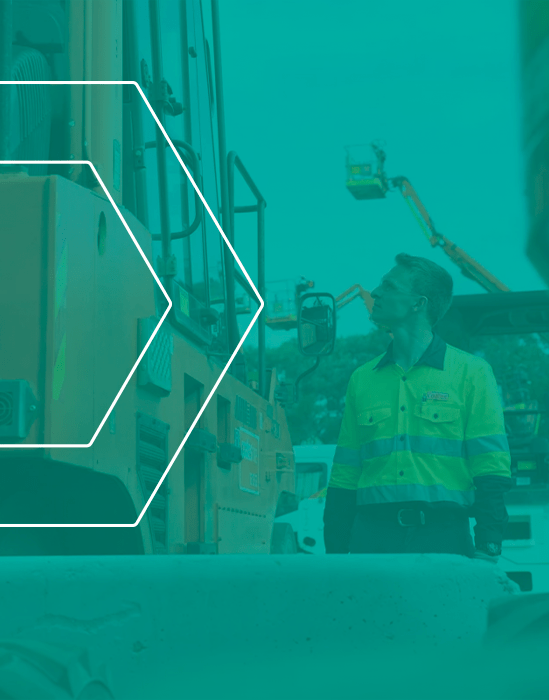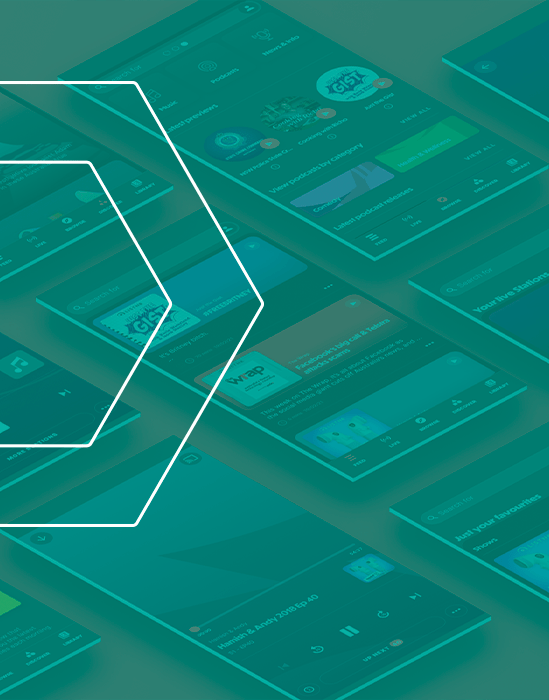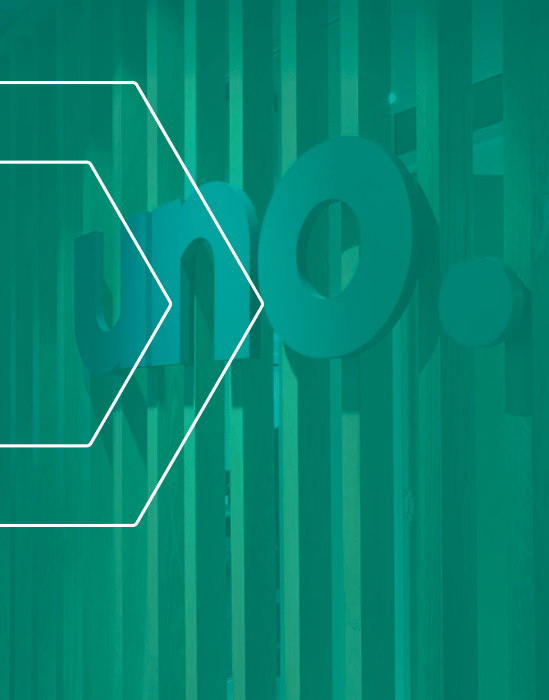
Build the Capabilities of a Customer Centric Organisation
Becoming a customer-centric organisation isn’t just a strategy - it’s a shift in behaviour.
It’s the difference between CX sitting in one team and customer-first thinking embedded in every part of the business.
Our CX training and capability programs are designed to help your people develop the mindsets, skills and systems they need to deliver better outcomes for customers , every day.
We work with leadership, operations and frontline teams to build practical, repeatable habits that bring your customer experience strategy to life. No jargon, no long decks - just clear, useful learning that changes how people think, act and collaborate.
Translate Strategy Into Behaviour
We identify the skills, knowledge, and behaviours your team needs to raise the standard of customer experience.
CX capability assessments to identify current strengths and gaps
Tailored training for leaders, teams and customer-facing roles
Behavioural frameworks, toolkits and journey playbooks
From Training to Transformation
Our goal is to embed CX capability into every aspect of how you hire, onboard, lead, and deliver. That’s how you create a truly customer-centric organisation.
Playbooks and tools to reinforce learning
CX coaching and leadership uplift
Metrics to track improvement and behaviour change
Step-by-step rollout plans for long-term momentum
Why Capability Matters Now
We help you connect training to measurable improvements in customer experience, culture and performance. Because when you empower people with the right tools, better outcomes become business-as-usual.
Uplift in NPS, retention and satisfaction
Reduction in service costs through better first-time resolution, Higher engagement and ownership
Clear ROI on CX investment
Ready to equip your team to deliver more customer-centric experiences?
Book a session with our team to design CX training that builds capability and delivers results.
Areas of expertise
Customer Experience Journey Mapping
Get visibility into every moment that shapes your customer’s experience. Our journey mapping services uncover the gaps, pain points and opportunities that matter most—so you can design interactions that feel seamless and intentional across every channel.
Digital Customer Experience
From mobile to web to live chat, we help you deliver digital experiences that work for your customers. Whether you’re optimising self-service, onboarding or online journeys, we bring clarity and cohesion to your digital channels.
Customer Experience Strategy
A clear CX strategy links what your customers need with where your business is going. We help you define priorities, align your teams, and connect your customer experience goals to measurable outcomes.
Customer Insight
Great CX starts with deep insight. We turn customer feedback, behavioural data and qualitative research into practical, commercial recommendations that drive change and unlock growth.
Customer Experience Design
Design isn’t just about visuals—it’s about how people feel when they interact with your business. Our experience design practice creates services, processes and systems that are intuitive, human and commercially effective.

Customer-Centric organisations aren’t built by accident
There’s no shortage of ambition when it comes to improving customer experience. Most teams want to be more responsive, more human, more intentional. But turning that intention into a consistent, organisation-wide reality? That takes something more.
We help businesses build the muscle memory of a truly customer-centric organisation - where customer outcomes guide daily decisions, and employees are equipped with the skills and confidence to make a difference at every touchpoint.
With the proper CX training and capability programs in place, even complex organisations can translate good ideas into embedded behaviours that drive measurable results.
Customer-Centric Organisation FAQs
Why Focus on Becoming a More Customer Centric Organisation?
Building a genuinely customer centric organisation goes beyond NPS tracking or frontline training. It means rewiring how decisions are made, how teams collaborate, and how every function—from product to operations—reflects the lived experience of your customer.
We’ve seen time and again that organisations with clear, actionable customer experience consulting strategies outperform their peers in growth, loyalty, and employee alignment. They don’t guess what customers want. They listen, translate, and respond—with clarity and consistency.
Our programs help you close the gap between customer insight and action. Whether you’re a government agency, a service provider, or a fast-scaling brand, we help your teams:
Understand the real needs and mindsets of your customers
Shift from assumption to insight-led decision-making
Build CX capability across frontline, ops, and leadership
Translate strategy into consistent delivery
Embed a culture of curiosity, empathy, and improvement
How We Help Build a Customer-Centric Culture
We work with you to build a customer centric organisation that isn’t just CX-led at the surface, but driven by principles that embed customer value into how you operate. That means starting with real insight, using design to bridge the gaps, and empowering teams to own the experience, not just deliver it.
Whether you’re just getting started or looking to scale a mature capability, our approach adapts to your level of readiness. We’ll help you assess where you’re at—and build what’s missing.
What we uncover:
Clear understanding of where capability gaps exist
Cultural and behavioural blockers to better CX
Opportunities to connect strategy with execution
Priorities that will have the most significant impact on customer outcomes
What we create:
Role-specific CX training programs
Playbooks, tools, and practical templates
Embedded coaching and leadership support
Journey-mapping sessions grounded in a real-world context
What it delivers:
Measurable uplift in CX capability
Sustainable shifts in customer and employee behaviour
Stronger alignment between brand promise and day-to-day delivery
Clarity around what success looks like, and how to get there
Your People Are the Strategy
Capability is what turns a plan into action. And people are the foundation of that capability.
Our CX training and capability programs help your teams build the skills, behaviours, and confidence they need to deliver consistent, customer-first experiences. From journey mapping and service design to cultural alignment and behavioural coaching, we help your people do what your strategy says.
Because strategy doesn’t shift behaviour—people do.
We use:
Real examples from your environment
Common customer scenarios
Play-based learning and storytelling
Metrics that show progress over time
Because when training feels relevant and grounded in your day-to-day, it sticks. And when it sticks, so does the change.
Turn Capability into Cultural Change
It’s not enough to run a workshop and hope change sticks.
Our customer service strategy programs are designed to embed CX capability deeply and sustainably. We help you codify good service into systems and behaviours that scale—across functions, locations, and roles.
You’ll end up with a customer-first culture that is lived, not laminated.
We've helped:
Train entire teams in journey mapping and service design
Equip leaders to drive CX through coaching and feedback
Translate customer insights into prioritised action plans
Create internal assets that embed customer thinking into everyday work
Be the Organisation Customers Recommend
Most CX failures aren't the result of evil intent — they're the result of siloed teams, inconsistent behaviours, and a lack of clarity on what customers actually need.
We help you move from ideas to action with practical, capability-led programs that transform good teams into customer-first teams.
If your goal is to become a customer-centric organisation, we'll help you get there — one capability, one behaviour, and one moment that matters at a time.













